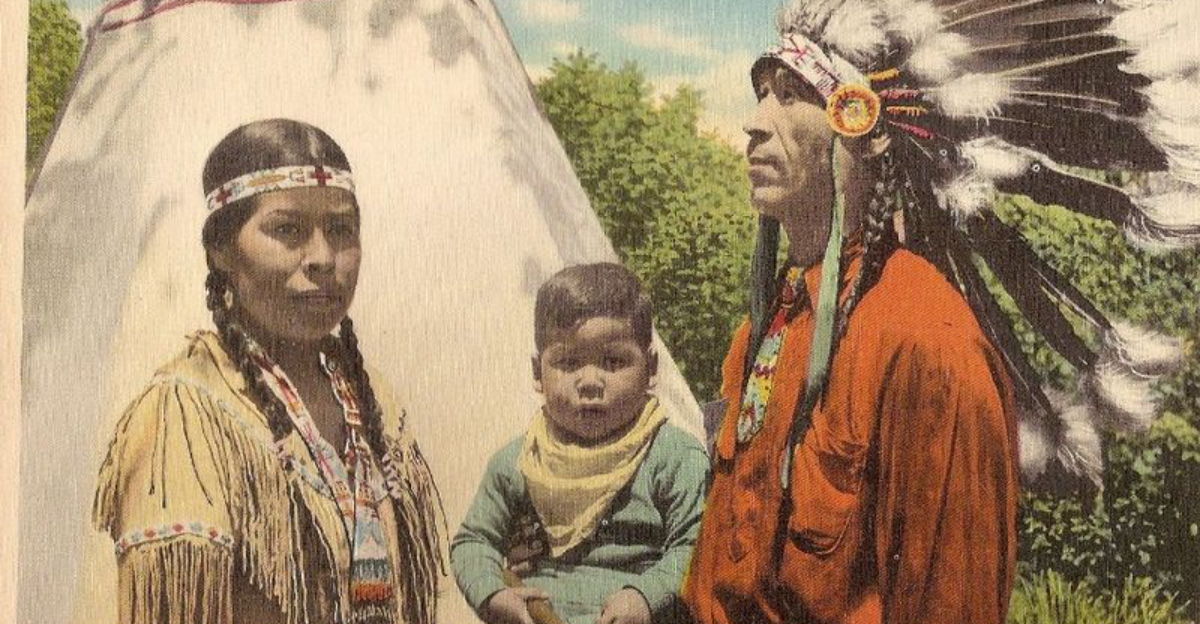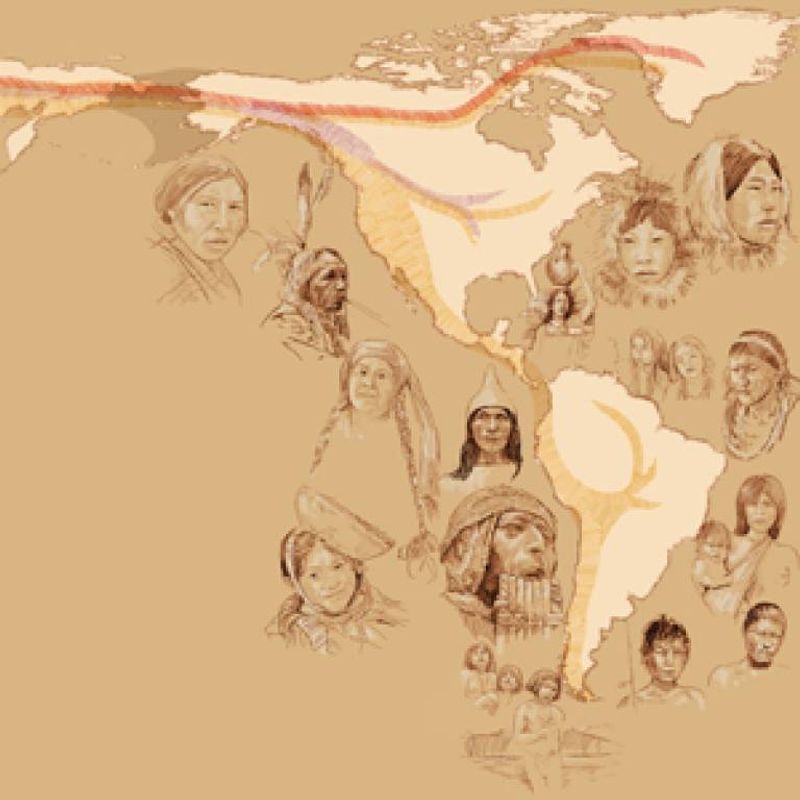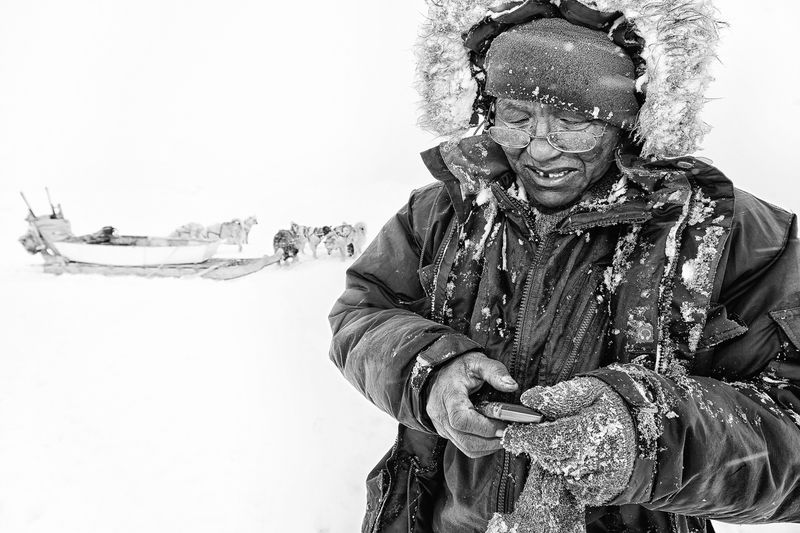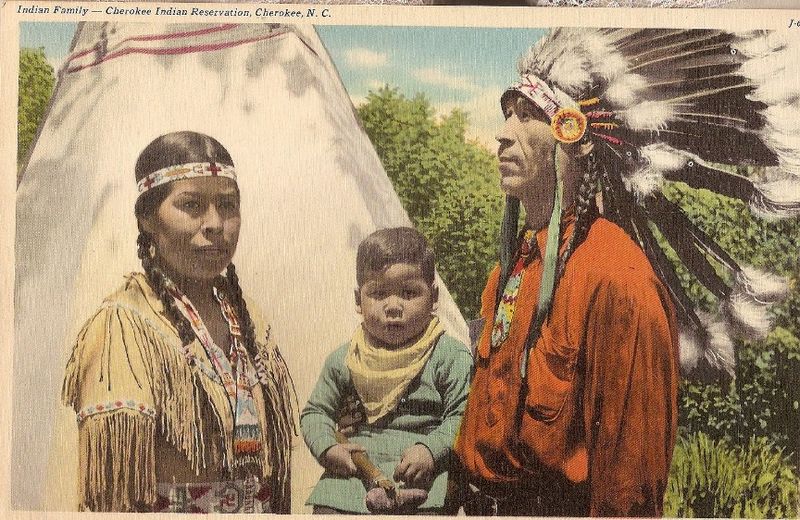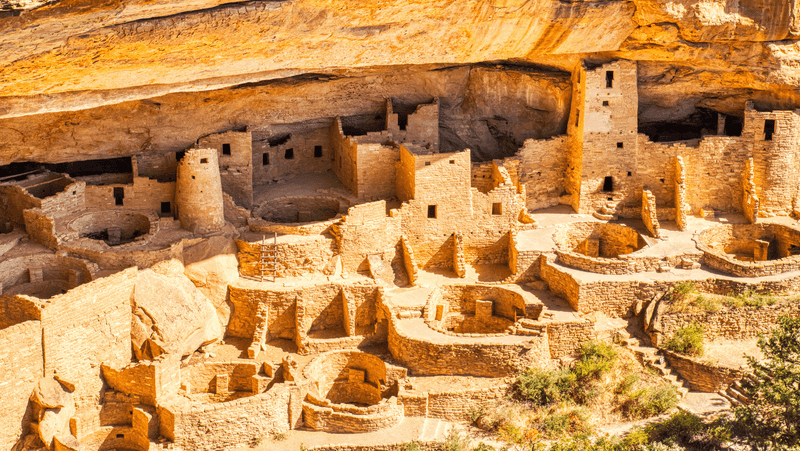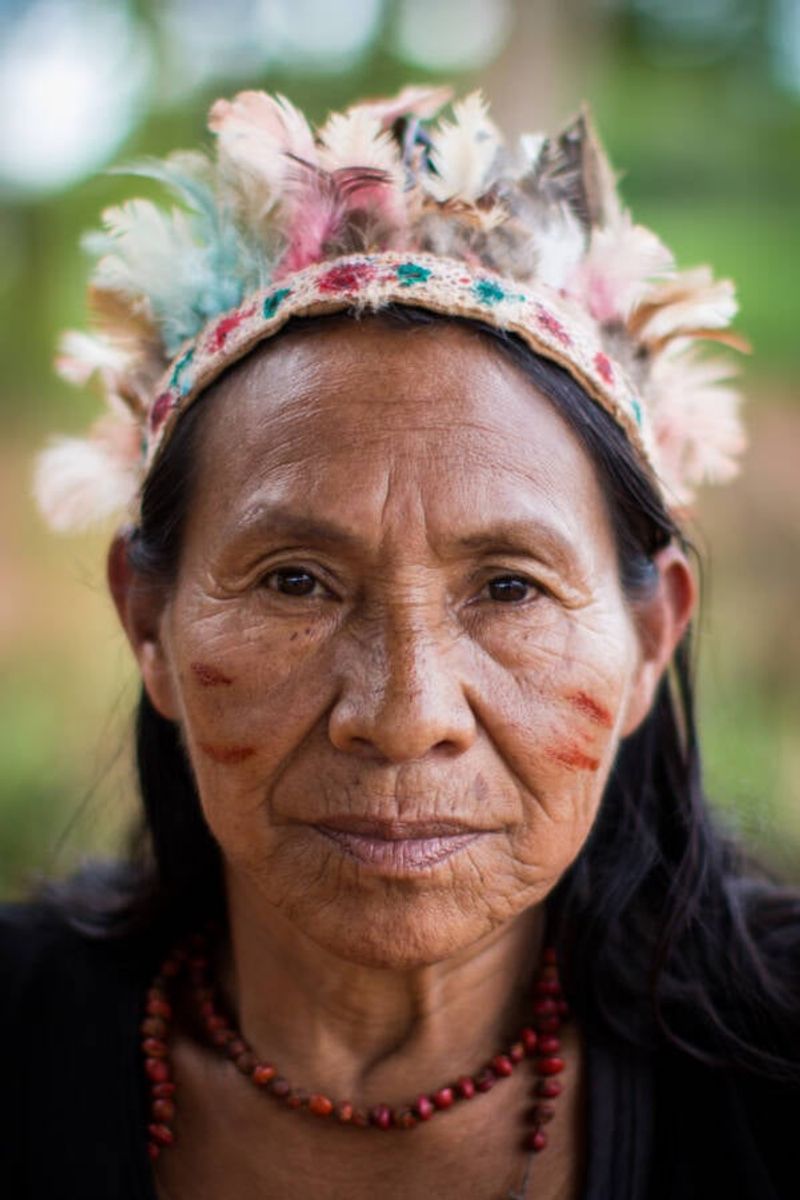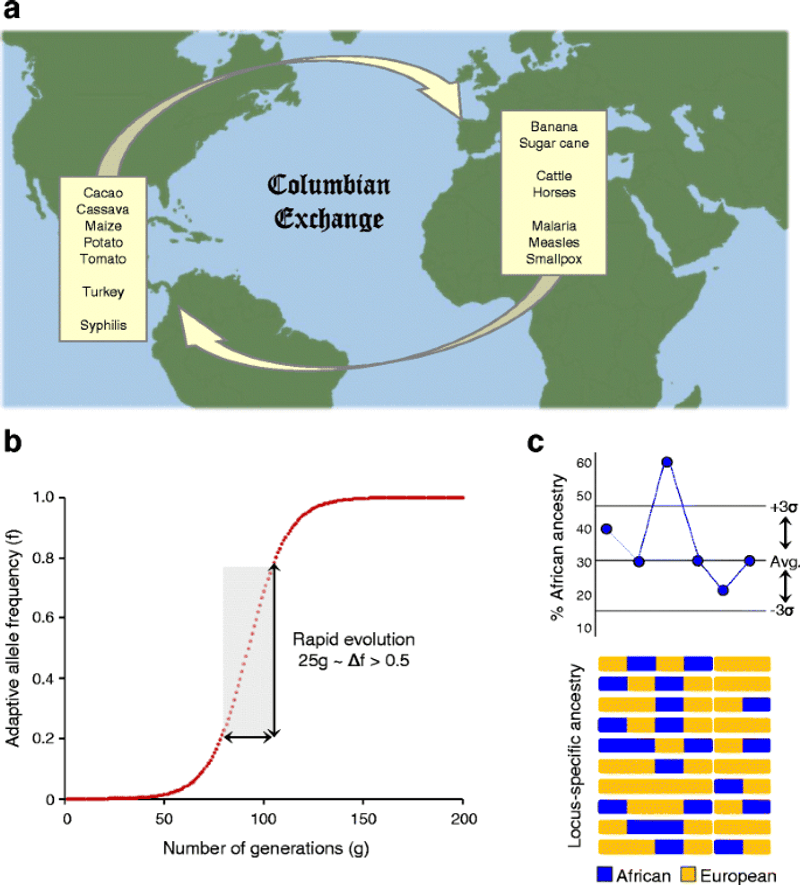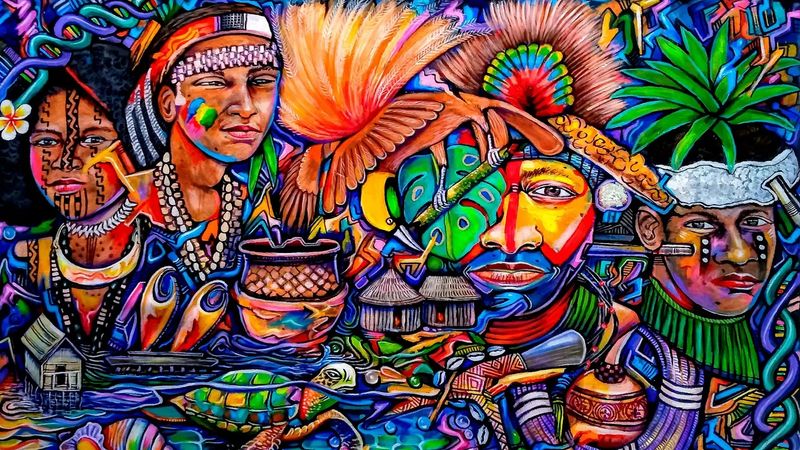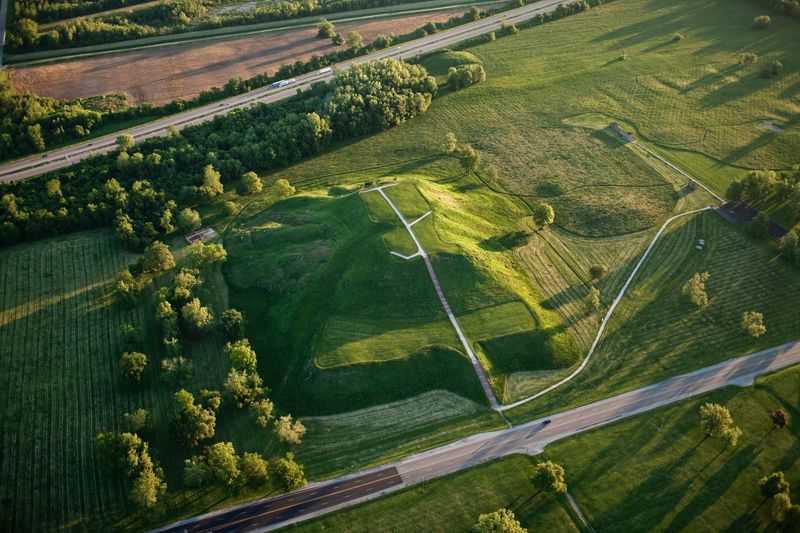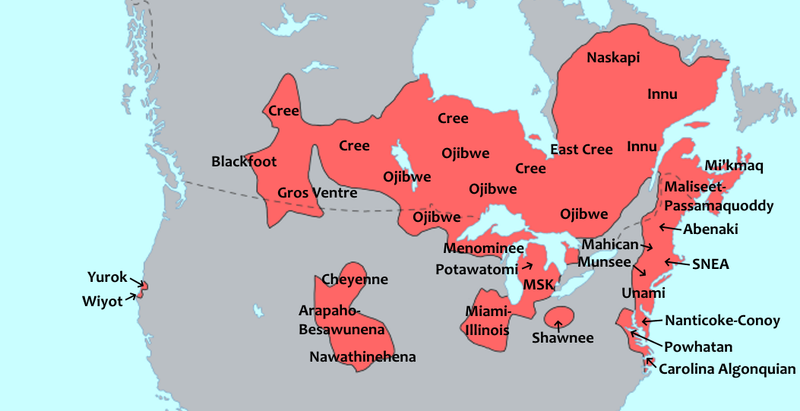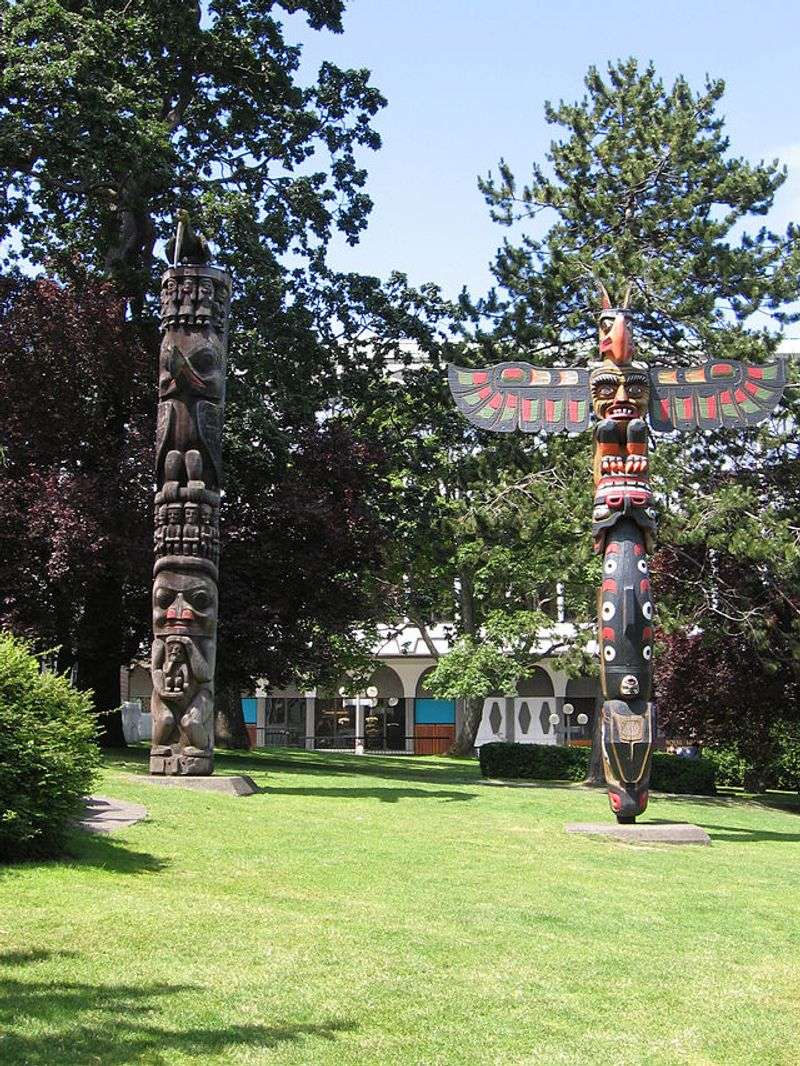Scientists have made breakthrough discoveries about Native American ancestry through DNA analysis. Ancient remains tell a story vastly different from what we once believed about the first peoples of the Americas. These findings not only connect modern tribes to their ancestors but also reveal surprising migration patterns that shaped Indigenous communities for thousands of years.
1. The “Ancient Beringian” Split (Before 11,500 Years Ago)
Archaeological discoveries in Alaska revealed this mysterious population that traveled across the land bridge from Asia. Their genetic fingerprint shows they separated from other Native ancestors before anyone pushed deeper into the Americas. While they eventually disappeared, their DNA legacy lives on in the scientific record. This discovery shattered the single-migration theory. Instead of one wave of settlement, multiple groups with distinct genetic signatures populated the Americas at different times, creating a complex tapestry of Indigenous heritage.
2. The Clovis People Mystery (13,000 Years Ago)
Fluted spear points scattered across North America once told what seemed like a simple story – the Clovis people were first. Then came the bombshell: footprints in New Mexico dating back 23,000 years, challenging everything we thought we knew. The Anzick child, a Clovis burial in Montana, provided DNA that connects to nearly all modern Native Americans. Yet older sites prove people walked these lands millennia earlier. Scientists now recognize the Clovis culture as an important chapter but not the opening one. Their distinctive stone tools spread rapidly across the continent, showing remarkable adaptability to different environments.
3. The Surprising Link Between Athabascans & Apaches/Navajos
Speak to a Navajo person in Arizona, then travel thousands of miles north to Alaska and listen to a Dene Athabascan. The linguistic similarities will astound you despite the vast geographic separation. Genetic research confirms what language experts long suspected – these distant tribes share common ancestry. Around 1,000 years ago, a group migrated southward, eventually becoming the Apache and Navajo nations. This remarkable journey transformed these migrants into desert dwellers with unique cultural adaptations. Yet their DNA preserves the unmistakable signature of their northern origins, proving human adaptability across dramatically different environments.
4. The Kennewick Man Controversy (9,000-Year-Old Skeleton)
Found eroding from a riverbank in 1996, this ancient skeleton sparked a fierce scientific and legal battle. Some researchers initially claimed his features looked “Caucasoid” rather than Native American, fueling wild theories about European settlers predating Indigenous peoples. DNA testing ultimately silenced the speculation. His genetic makeup matched modern Columbia River tribes perfectly. After years of court battles, the remains – known as the Ancient One to tribal communities – were returned to the Colville, Umatilla, and Nez Perce for proper burial. This case transformed how scientists approach ancient remains, prioritizing tribal consultation and respect for Indigenous knowledge.
5. The Inuit & Siberian DNA Link
Arctic winds howl across the Bering Strait, connecting two worlds that modern borders separate. The Inuit and Yupik peoples carry genetic markers revealing their ancestors crossed this narrow sea gap relatively recently – long after other Native groups were established. Their DNA shows distinctive Siberian patterns absent in tribes further south. This proves a separate migration wave adapted specifically to Arctic conditions. Cold-weather innovations like toggle harpoons, kayaks, and sophisticated winter clothing appear on both sides of the strait. These parallel technologies developed by genetically related peoples demonstrate how environment shapes culture while blood ties remain across vast distances.
6. The Cherokee’s Hidden Eurasian Ancestry?
Stories whispered through generations speak of ancient Cherokee connections to distant lands. Some tribal elders point to words seemingly similar to Hebrew or claim Middle Eastern origins, fueling speculation about lost tribes or forgotten migrations. Modern genetic science tells a different story. Cherokee DNA shows no pre-Columbian European or Middle Eastern influence – their genome is distinctly Native American. What DNA does reveal is more recent mixing after European contact. Colonial-era intermarriage created complex genetic profiles in many Cherokee families. This blending of ancestries represents not ancient mysteries but the lived reality of Indigenous peoples navigating a changing world after 1492.
7. The Anasazi (Ancestral Puebloans) Didn’t “Vanish”
Empty cliff dwellings carved into canyon walls sparked theories of mysterious disappearances. Popular culture imagined alien abductions or catastrophic collapse of the Anasazi civilization. Genetic research reveals a simpler truth – they never vanished at all. The Ancestral Puebloans (the preferred term) simply relocated, becoming today’s Hopi, Zuni, and Rio Grande Pueblo peoples. Climate change forced these ancient farmers to abandon their mesa homes around 1300 CE. Their descendants maintained cultural continuity despite relocation. Modern Pueblo DNA contains the exact genetic signatures found in ancient remains, proving direct lineage and debunking the harmful myth that Indigenous peoples mysteriously disappear rather than adapt.
8. The Iroquois Confederacy’s Genetic Unity
Five nations united under the Great Law of Peace created one of history’s earliest democracies. The Haudenosaunee (Iroquois) Confederacy – Mohawk, Oneida, Onondaga, Cayuga, and Seneca peoples – formed bonds stronger than mere political alliance. Genetic research reveals intermarriage between these nations created biological ties reinforcing their union. Their matrilineal clan system, where identity passes through mothers, shows distinctive DNA patterns spanning centuries. This genetic unity strengthened their position as the most powerful Indigenous confederation in northeastern North America. Their influence extended from the Great Lakes to the Atlantic, shaping early American history. Even today, Haudenosaunee DNA reflects this shared heritage across tribal boundaries.
9. The “Lost Tribes of the Amazon” Myth
Remote Amazonian peoples like the Suruí and Karitiana have fascinated outsiders, sometimes inspiring wild theories about their origins. Their distinctive genetic markers led some to question if they belonged to a separate migration altogether. Comprehensive DNA analysis proves they are unquestionably Native American. Their genetic uniqueness stems from thousands of years of isolation in the rainforest, not mysterious foreign ancestry. Small founding populations and limited outside contact created genetic drift – the natural process where certain traits become more common in isolated groups. Far from being “lost tribes” with exotic origins, these communities represent the remarkable diversity that developed naturally among Indigenous peoples adapting to the world’s largest rainforest.
10. The Comanche’s Shoshone Roots
Fearsome horse warriors dominated the Southern Plains just 300 years ago, controlling territory from Colorado to Mexico. Yet the Comanche began as a branch of the Shoshone people from Wyoming’s mountains. Genetic markers confirm this rapid transformation from mountain dwellers to plains horsemen. Their split happened so recently that Comanche and Shoshone languages remain mutually intelligible today. After acquiring horses from Spanish settlers, this small band reinvented themselves completely. Their DNA tells a story of cultural revolution rather than biological difference. This remarkable adaptation happened faster than almost any other documented cultural transformation among Native peoples, showing human capacity for rapid change while maintaining genetic continuity.
11. The Genetic Impact of European Diseases
Silent killers swept through Native communities decades before Europeans physically arrived. Smallpox, measles, and other diseases traveled faster than explorers, decimating populations that had no immunity. Genetic studies reveal dramatic population bottlenecks – periods when groups shrank to tiny fractions of their former size. Some tribes lost 90% of their people, creating genetic signatures still visible today. Survivors passed down genes that may have offered some protection, creating selection pressure unlike anything in previous Native American history. Modern Indigenous genomes contain evidence of this catastrophic period, with certain immune system genes becoming more common after contact. This biological record confirms what oral histories have long maintained about devastating population collapse.
12. The Hidden African-Native Mix (Seminole & Lumbee)
Freedom seekers found refuge among tribes like the Seminole and Lumbee. Escaped enslaved people joined these communities, creating unique cultural blends rarely acknowledged in simplified versions of American history. Genetic analysis confirms what tribal histories always maintained – significant African ancestry exists in these groups. The Seminole in Florida actively welcomed runaways, forming military alliances that frustrated slave catchers for decades. This DNA evidence validates tribal narratives of resistance and solidarity against oppression. Rather than diminishing Native identity, this mixed heritage represents a proud chapter of Indigenous history. These communities created unique cultures combining African and Native traditions, demonstrating how identity transcends simplistic racial categories.
13. The Maya Didn’t “Disappear”
Abandoned stone temples reclaimed by jungle vines created a persistent myth – the Maya civilization mysteriously vanished. Popular culture perpetuates this falsehood despite overwhelming evidence to the contrary. Over six million Maya people live today across Mexico, Guatemala, Belize, Honduras, and El Salvador. Their DNA confirms direct descent from those who built the ancient cities. While political systems collapsed and cities were abandoned during periods of drought and warfare, the people themselves never disappeared. Modern Maya communities maintain languages, cultural practices, and genetic continuity with their ancestors. Their survival represents one of history’s most remarkable examples of cultural persistence despite colonization, disease, and oppression.
14. The “Solutrean Hypothesis” Debunked
Stone tools from Ice Age Europe resembled some early Native American technology. This similarity spawned a controversial theory claiming Europeans crossed the Atlantic 20,000 years ago, becoming America’s first inhabitants. Genetic evidence completely dismantles this hypothesis. Not a single ancient Native American skeleton shows European DNA signatures predating Columbus. The resemblance in tool-making techniques represents convergent evolution – different peoples independently developing similar solutions to similar problems. This scientific verdict matters deeply because the Solutrean hypothesis has been misused to undermine Indigenous claims to their ancestral lands. DNA confirms Native Americans’ deep roots as the original human inhabitants of their continents.
15. The Genetic Legacy of the Mississippian Mound Builders
Massive earthworks once dotted the American Midwest and South, some rivaling Egyptian pyramids in scale and sophistication. At Cahokia near modern St. Louis, 20,000 people lived in a planned city with enormous ceremonial mounds. Genetic studies link modern Choctaw, Chickasaw, and Creek peoples directly to these ancient builders. Their ancestors created North America’s most complex pre-Columbian civilization north of Mexico. Though European diseases devastated these societies before most were documented, their DNA legacy continues in today’s tribal members. This genetic connection validates oral histories claiming descent from the mound builders, countering earlier theories that attributed these monuments to mysterious vanished races rather than ancestors of modern Native nations.
16. The Surprising Similarity Between Algonquian Tribes
From the Atlantic coast to the Rocky Mountains, dozens of distinct tribes share an invisible bond. The Ojibwe, Cree, Blackfoot, and other Algonquian-speaking peoples maintained separate identities while carrying remarkably similar genetic signatures. This DNA evidence traces their expansion across half a continent following the Ice Age retreat. As glaciers melted, these related groups followed new waterways and forests northward. Despite developing different cultural adaptations – from coastal fishing to bison hunting – their common ancestry remained encoded in their genes. Language differences evolved faster than genetic ones, creating the illusion of greater separation than actually existed. This vast language family represents one of North America’s most successful population expansions, linking seemingly unrelated tribes through ancient family connections.
17. The Haida’s Unique DNA in the Pacific Northwest
Masters of the sea with distinctive artistic traditions, the Haida people of the Pacific Northwest stand apart. Their island homeland of Haida Gwaii (formerly Queen Charlotte Islands) fostered remarkable cultural development in relative isolation. Genetic analysis reveals markers setting them apart from mainland tribes. Their DNA tells a story of limited outside contact and possible separate migration patterns. Famous for their monumental totem poles and seafaring prowess, the Haida developed a society uniquely adapted to their resource-rich coastal environment. Their genetic distinctiveness mirrors their cultural uniqueness, suggesting long periods of independent development. This isolation helped preserve their language and traditions despite later European contact and continues to inform their strong sense of identity today.
